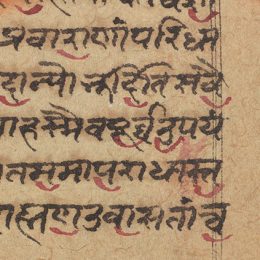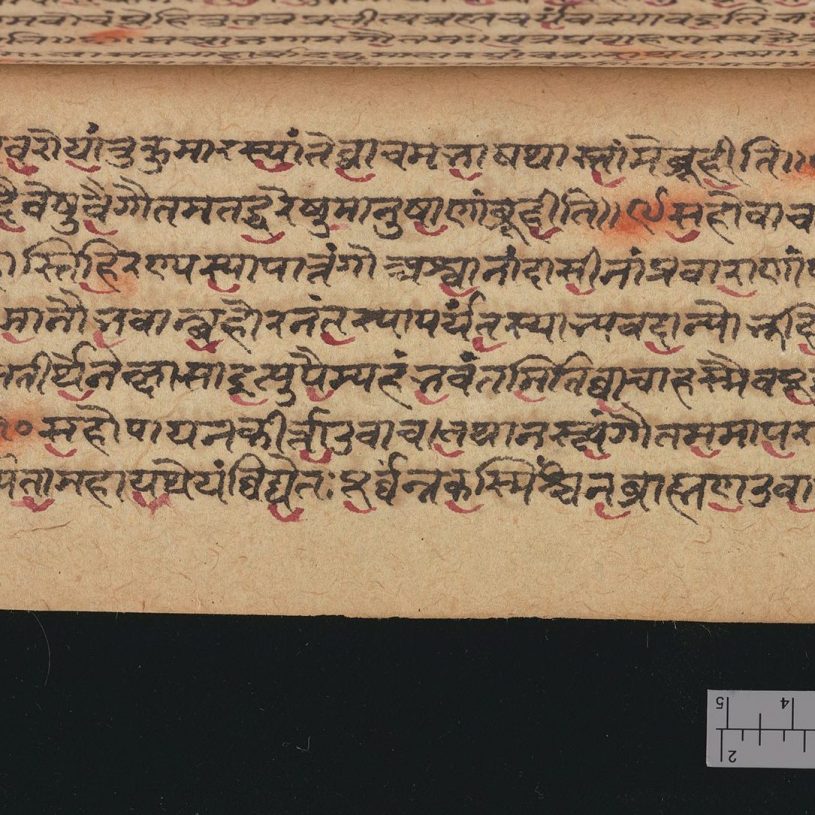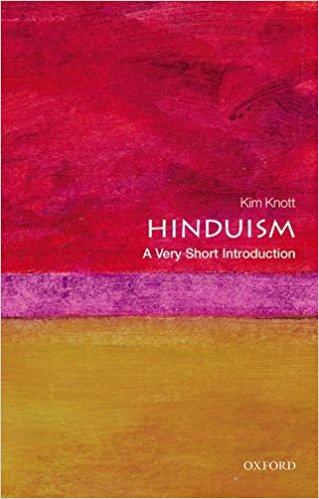Exploring the world of art, history, science and literature. Through Religion

Welcome to TreasureQuest!
Look through the treasures and answer the questions. You’ll collect jewels and for each level reached, earn certificates.
How far will you go?
You need an adult’s permission to join. Or play the game without joining, but you’ll not be able to save your progress.






Are there links to current religious practices or a modern equivalent?
The early Upanishads are the conceptual bases of much of later Hindu thought and practice. Various practices relating to self-control, mindfulness, and so on, are traceable to statements, although sometimes terse and enigmatic, in the Upanishads.

Where is it from, where is it now?












 Faculty of Divinity
Faculty of Divinity